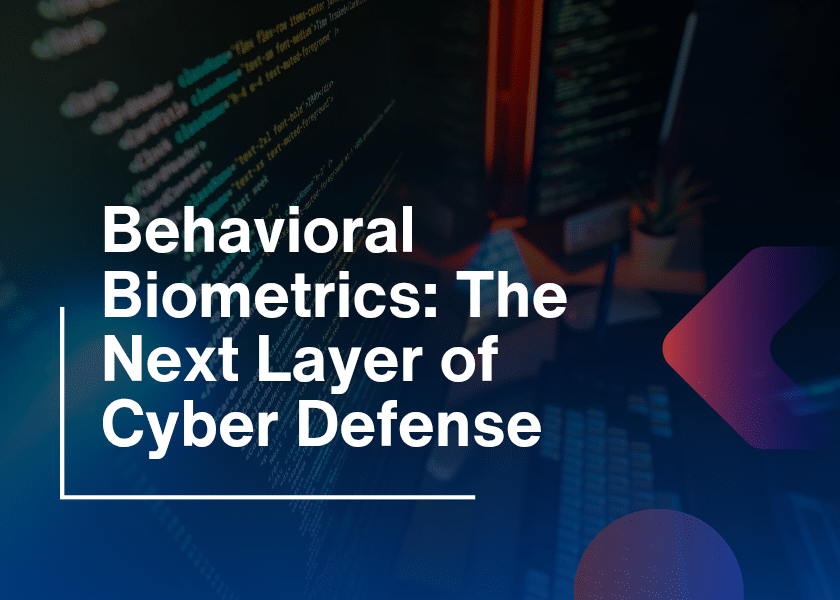How can a network detect all the threats it has never seen? However, Traditional security tools depend on historical data and recognized patterns to detect cyberattacks. But what happens when it is something new, innovative, and unknown? So here is where the Darktrace threat detection system comes in with its self-learning AI.
Furthermore, Darktrace is continually learning and adapting to the behavior of your network, making it possible to detect threats. However, it can even detect threats that the most brilliant hackers can’t see before they have a chance to harm.
But how does Darktrace’s AI detect these unknown dangers? What makes Darktrace unique in the cybersecurity world? Let’s discuss the power of Darktrace and why it’s changing the game in threat detection.
How Does Dartrace Threat Detection Differs?
Conventional threat detection systems typically depend on predefined signatures or patterns of familiar threats. Thus, limiting the efficacy of dealing with novel attacks. However, these systems may alert against common threats or previously known vulnerabilities. So they fail to detect zero-day exploits, ransomware variants, or advanced APT attack tactics. As such, businesses need more intelligent and adaptive solutions to stay protected.
What is Darktrace?
Darktrace can simply be described as the “watchful guardian” of your network. As it utilizes artificial intelligence to monitor and help protect your systems from malicious cyber threats. Unlike a traditional security tool, this system does not depend mainly on signatures and predefined rules for spotting threats.
Instead, this one takes the modern approach through the use of self-learning technology. Thus, this means it can identify the unusual behavior in your network without relying on bad things to look for.
What makes Darktrace’s threat detection Unique?
AI-Powered Detection
Darktrace stands out from the rest by utilizing the latest AI technology in offering comprehensive and adaptive threat detection. Unlike other systems, which are reactive and depend on historical data, Darktrace uses self-learning AI that continuously evolves. Thus, this allows it to detect and respond to new and unseen threats, offering a level of protection.
- Self-Learning AI: Darktrace’s AI doesn’t need human intervention in order to update its detection capability. Instead, it learns autonomously by analyzing every interaction on the network, making it highly efficient and adaptive in identifying threats.
- Adaptive Response: Darktrace’s AI doesn’t just alert security teams to potential threats but can automatically take action. Hence, neutralizing those threats before damage and disruption occur.

How Darktrace Threat Detection Occurs with AI
1. Multilayered AI Approach
Darktrace employs a multilayered detection strategy where it combines various machine-learning approaches to deliver the right results.
- Unsupervised Machine Learning
Instead of relying on labeled data and signatures, Darktrace follows an unsupervised form of machine learning. In this, the system identifies the novelty based on deviation from its original baseline behavior.
- Bayesian Methods
These methods are applied for real-time decision-making. Thus, allowing Darktrace’s AI to dynamically adapt and update its threat models based on the latest data.
- Generative AI & Simulated Attacks
Darktrace simulates real cyber attacks. For example, phishing campaigns. Moreover, it improves detection capabilities and defensive measures even before the actual attack.
2. Graph Theory & Offensive AI
However, through the utilization of graph theory, Darktrace examines the relationships that lie between devices and users. As it helps to know how the data flows and to identify unusual links and activities suggesting a breach. To the latter, Darktrace’s Offensive AI simulates probable scenarios of attacks it faces with a view of perfecting its defense.
3. Natural Language Processing
Darktrace uses NLP to transform complex cybersecurity data into actionable insights. Thus, cybersecurity teams can very quickly interpret large volumes of data and make informed decisions.
Darktrace’s Detection of Zero-Day Threats
A zero-day threat is a vulnerability that has been exploited before the vendor has had a chance to fix. Moreover, Zero-day vulnerabilities are especially dangerous because they are often undetectable until after they have caused significant damage.
Darktrace’s AI and Zero-Day Protection
Darktrace’s AI constantly learns and adjusts to the network’s normal behavior, allowing it to identify zero-day threats. So not relying on known signatures or patterns, Darktrace identifies threats it has never seen before, without relying on known signatures or patterns. Often, it blocks these attacks before the attackers can exploit any weaknesses
How AI Improves Zero-Day Detection
This makes Darktrace recognize anomalies even when the threat has never been seen before. However, it has an adaptive nature, and thus zero-day threats will be detected based on behavior rather than outdated signature databases.
Darktrace’s Approach to Insider Threat Detection
Darktrace is very strong in identifying suspicious behaviors. However, including the identification of employees accessing sensitive data that they should not or having unusual patterns of activity. Moreover, the ongoing analysis of behavior and comparison is “normal”. Darktrace can flag potential insider threats quickly as malicious or accidental.
Role of Darktrace in Securing Operational Technology (OT)
Operational Technology networks are critical for manufacturing, energy, and transportation industries and have been less secure as compared to IT. Because OT systems are inherently prone to cyber-attacks primarily because of their age factor and limited security protocols.
Darktrace: OT Threat Detection
Darktrace applies its AI-powered threat detection capabilities to OT environments, discovering threats that may have gone unnoticed. However, Darktrace monitors the real-time behavior of OT devices and networks, detecting and responding to anomalies in those systems. Moreover, it ensures to protect critical systems from cyber-attacks.
What is the future of cybersecurity with Darktrace?
The emergence of artificial intelligence-based cybersecurity solutions is likely to rise. Because no other generic approach has shown such qualities as adaptability to modern threats, situations, and actors. Moreover, Darktrace offers the chance to delegate all cybersecurity concerns to self-learning AI while ensuring maximum security.
Conclusion
Darktrace threat detection is like having a detective-level consultancy, self-teaching security professional, who sits over your networks, 24/7. Moreover, it identifies threats based on predefined patterns, identifies anomalies from the norm, and integrates leading AI in learning.
This is because Darktrace predicts the attack and provides alerts for proactive actions to be taken. Therefore, in a situation where you want to ensure that your network is protected from the threats of the new world. Darktrace is one tool that you should go for.
Finally, it can be stated that cybersecurity does not only equal to solving problems. It also lays emphasis on stopping those problems from occurring. So when you are with Darktrace, you don’t have to worry about that any longer as your digital assets are safe.






